Winds of change: using dust in Antarctic ice to understand past climates
Futurum
SEPTEMBER 1, 2022
ICE CORE – a long cylinder of ice, extracted from ice sheets or glaciers, which helps scientists learn about past climatic and environmental conditions. By studying past changes using natural archives like ice cores, scientists like myself can learn what causes the Earth’s winds to shift. FROM DUST TO DUST.

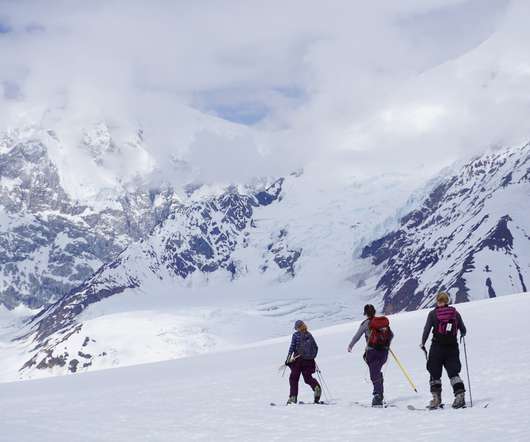
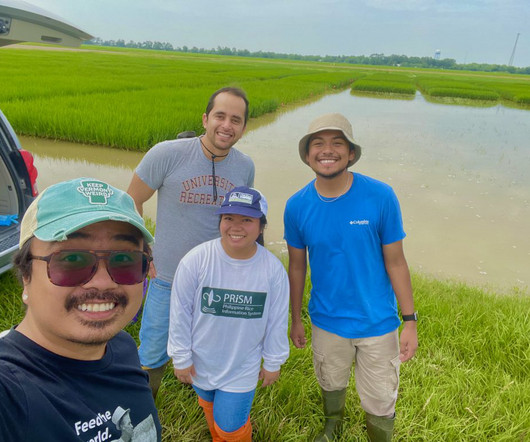

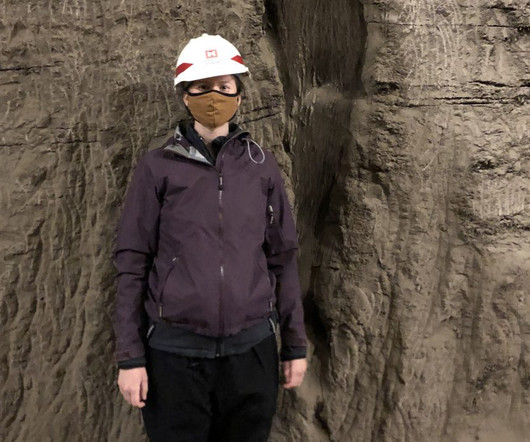
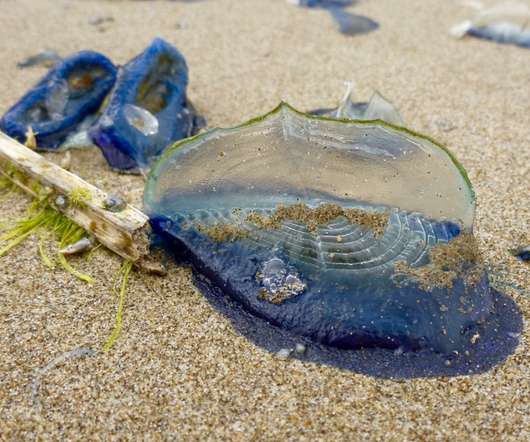
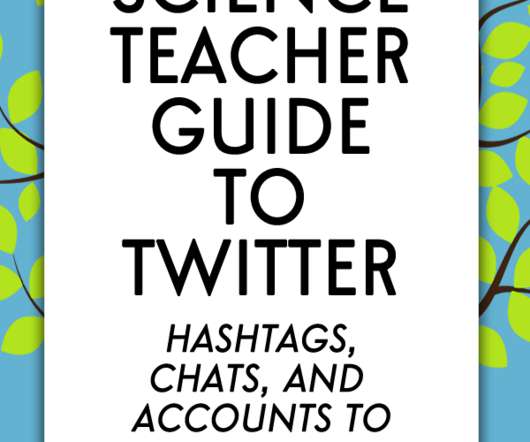
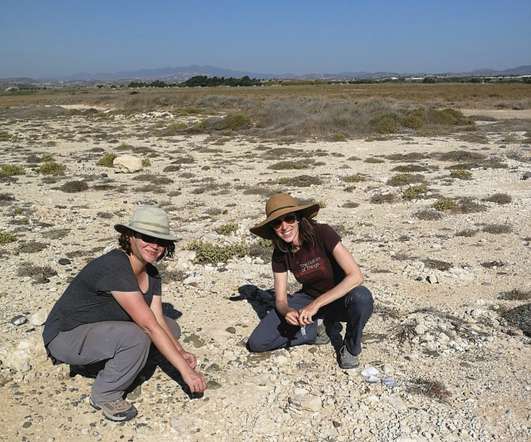
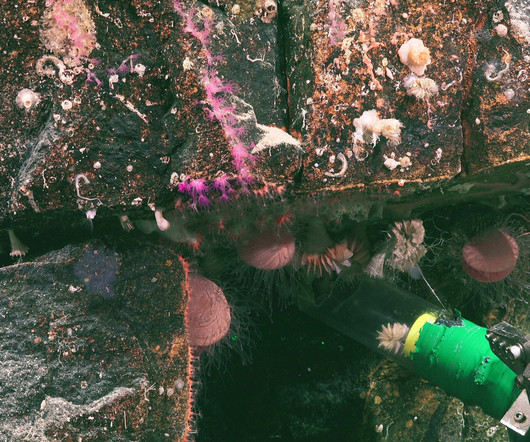
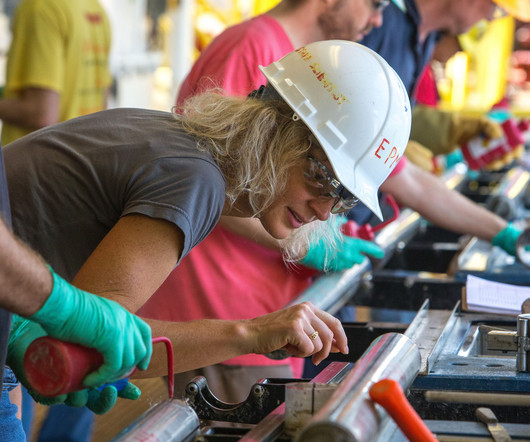
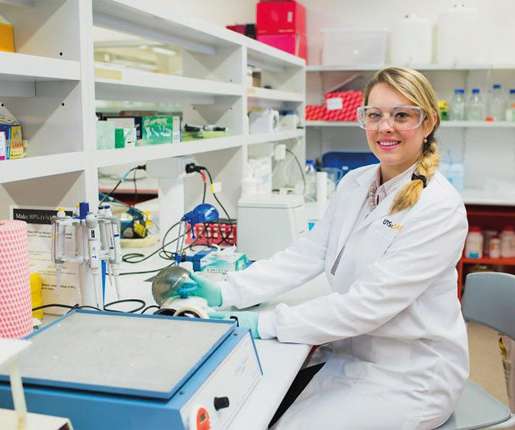
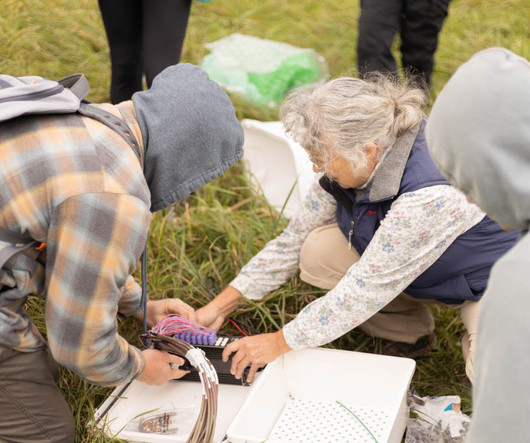
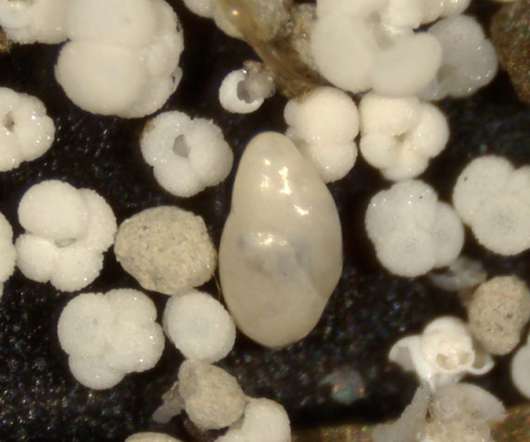

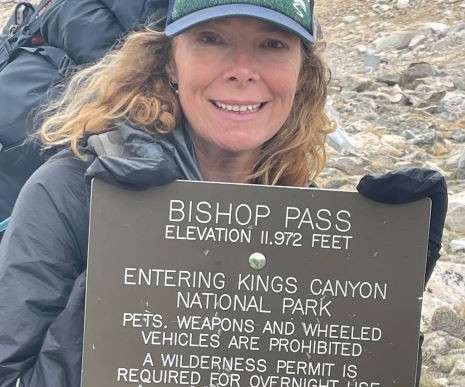
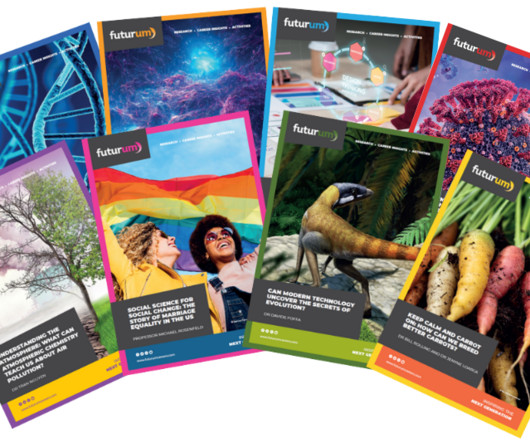






Let's personalize your content